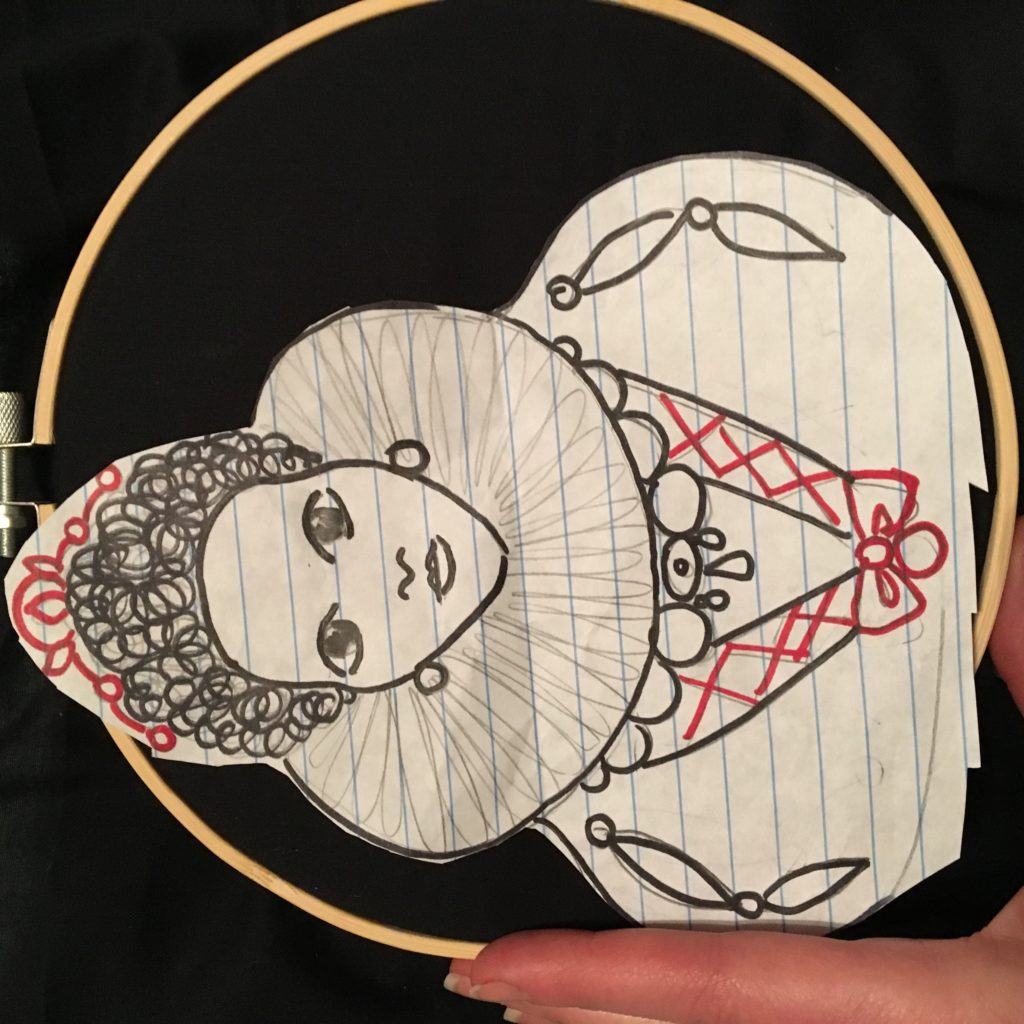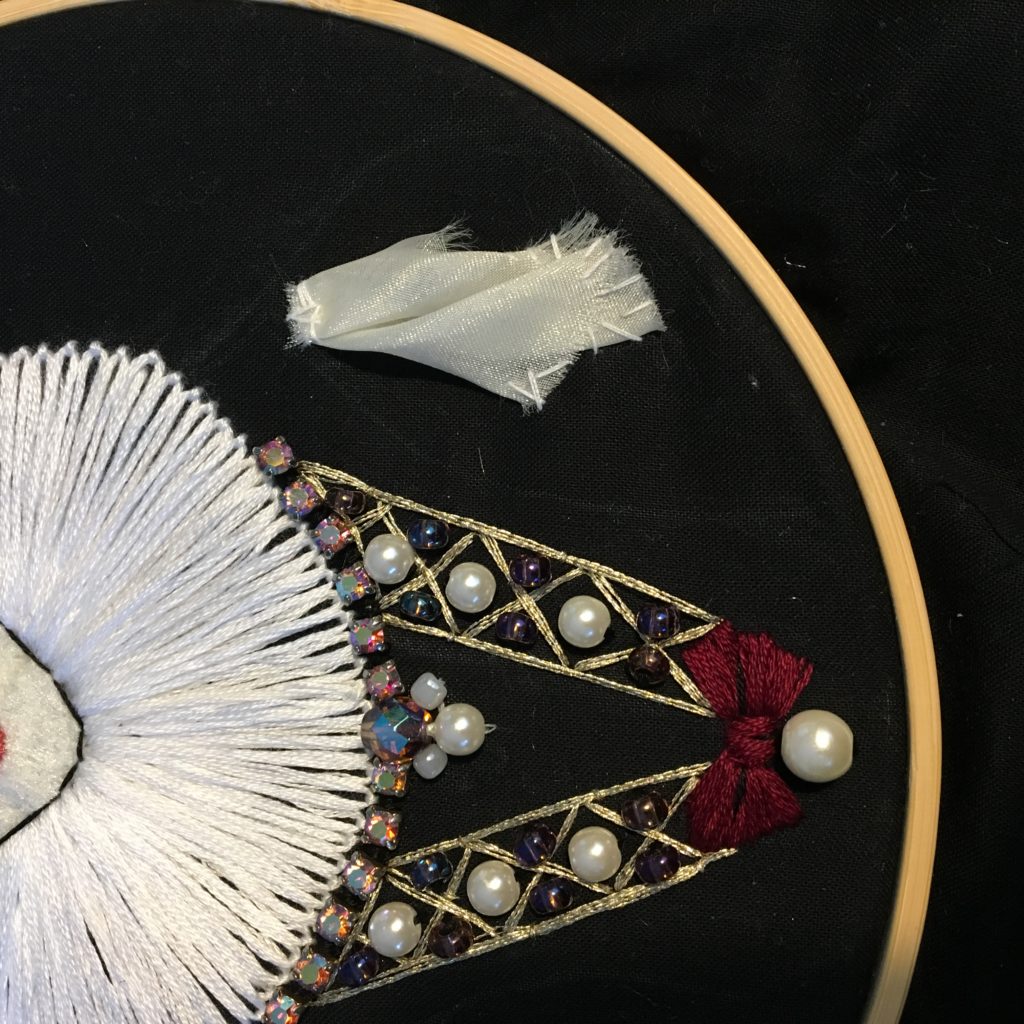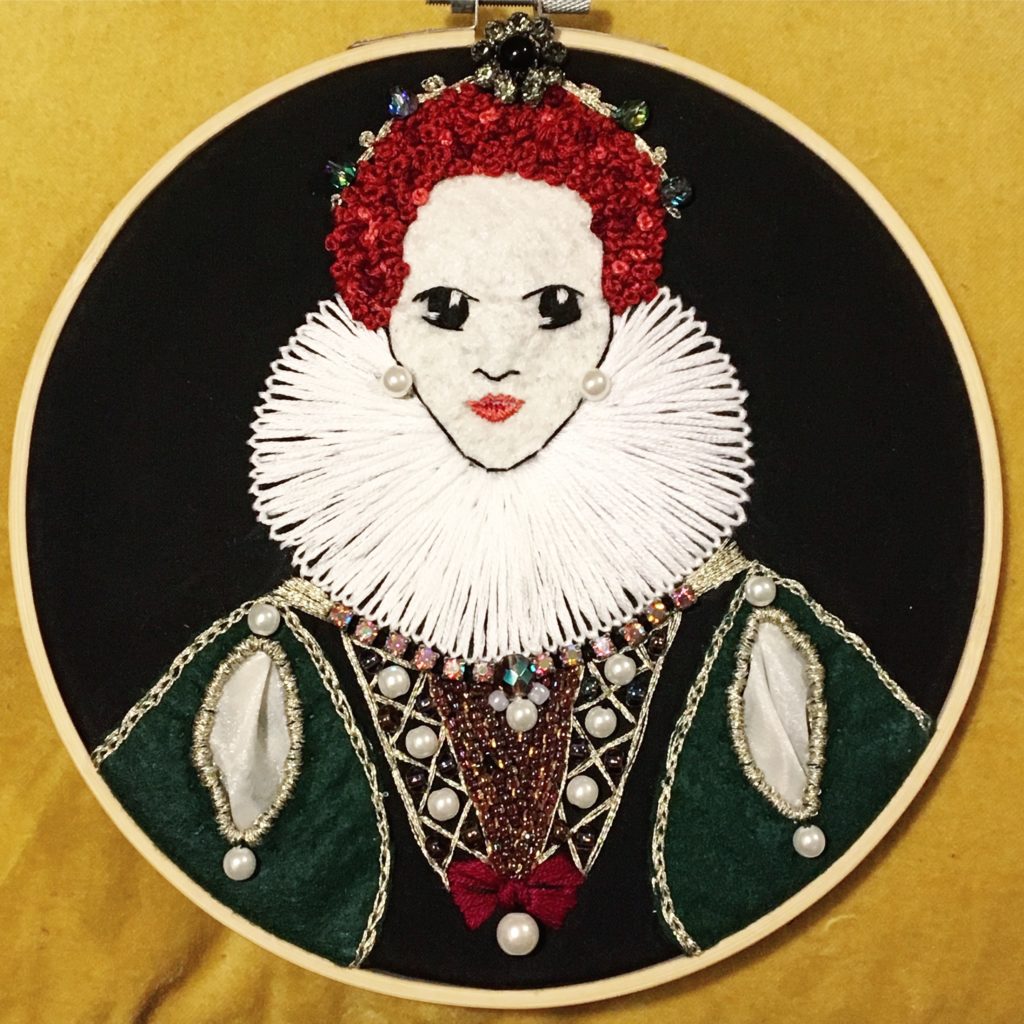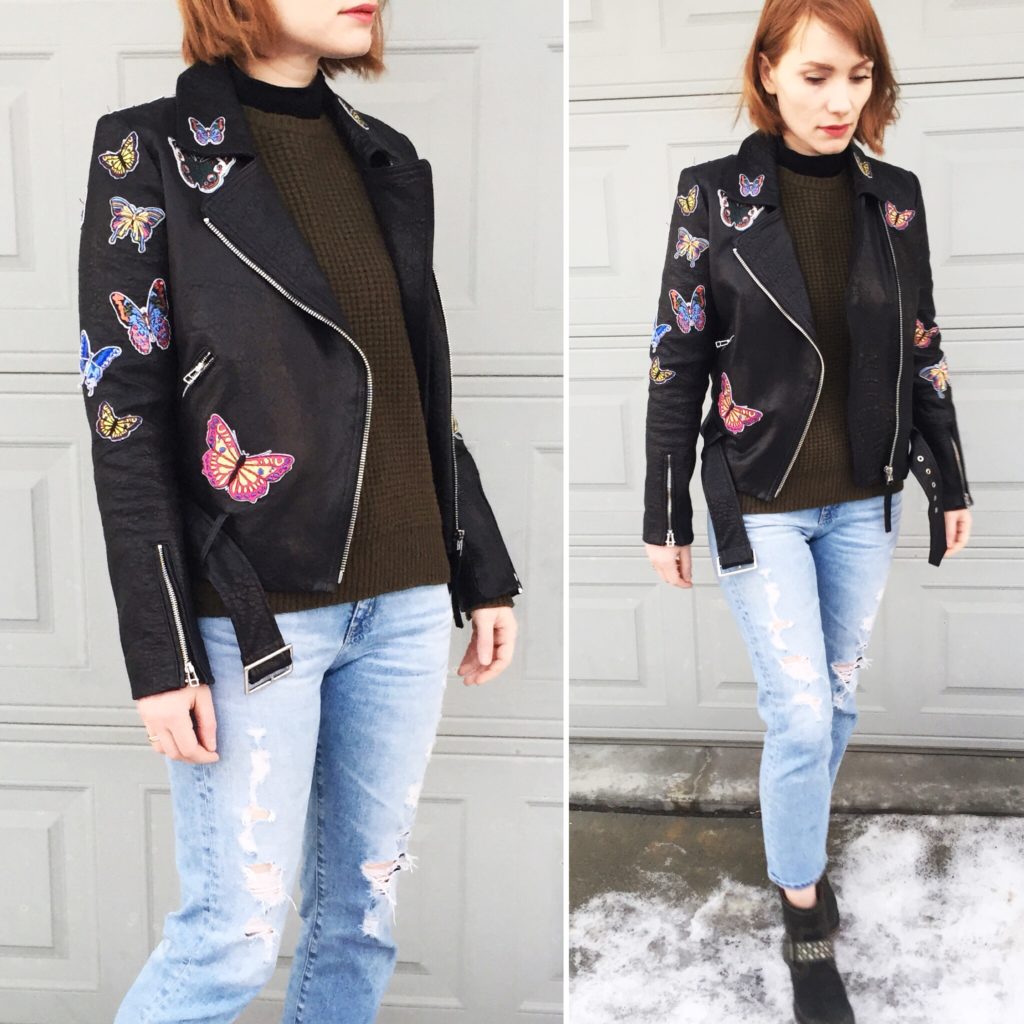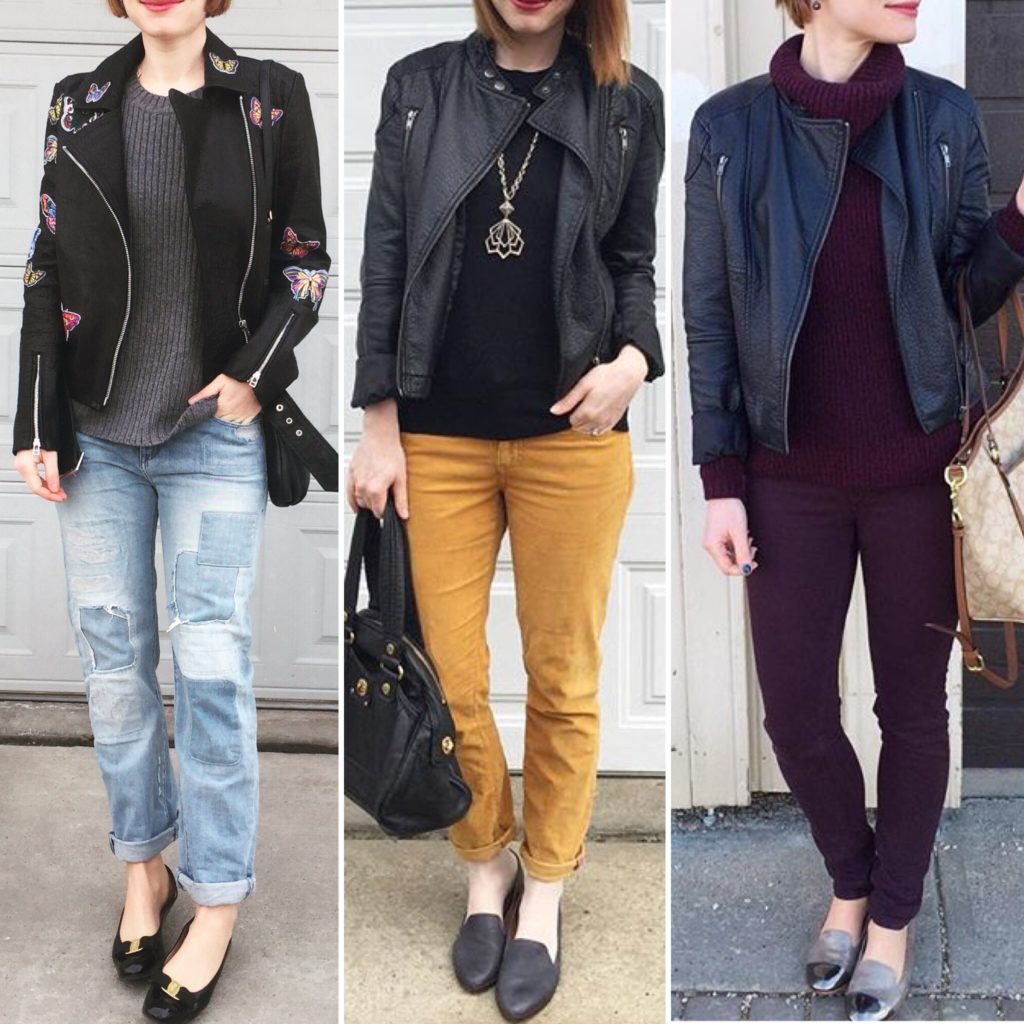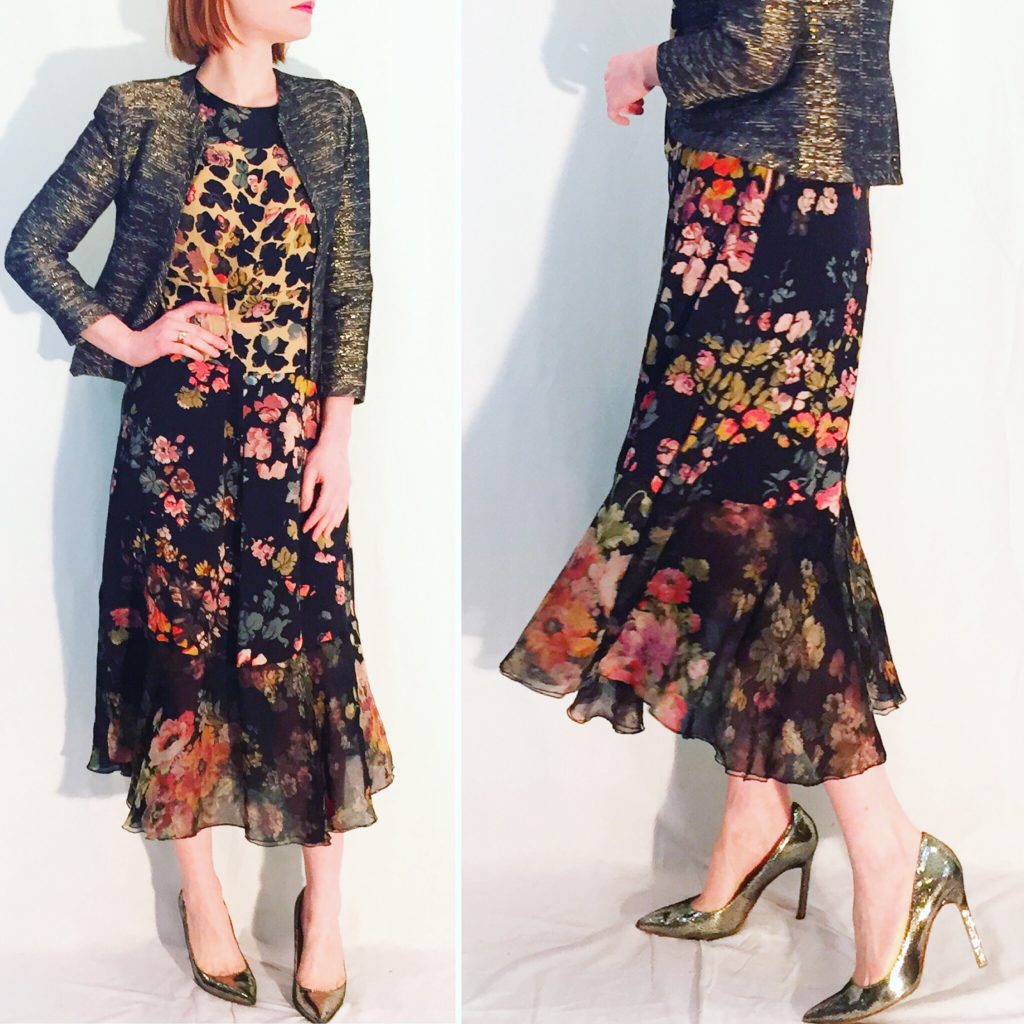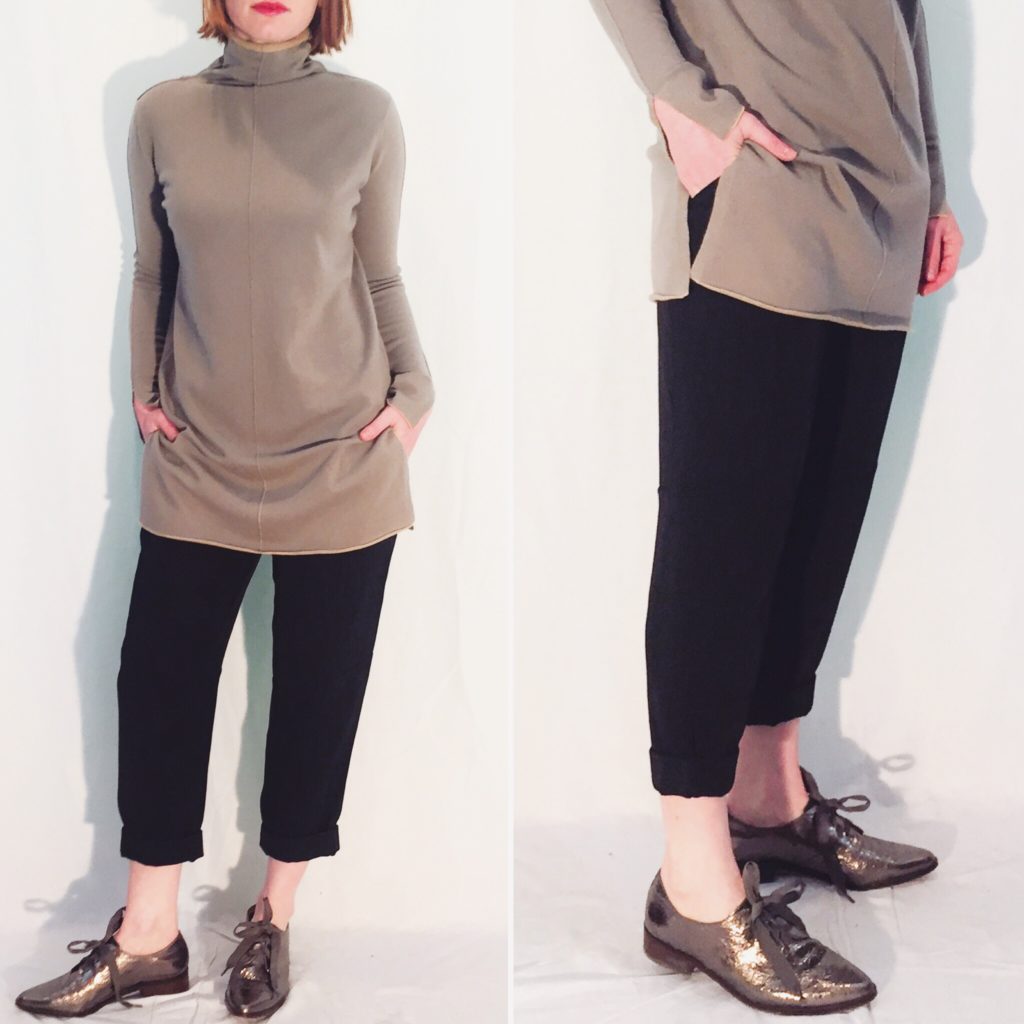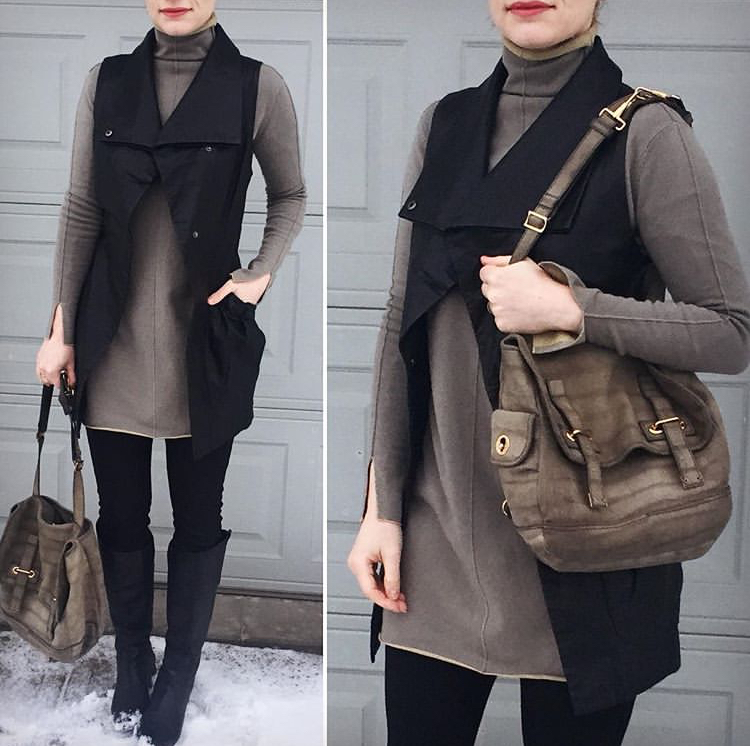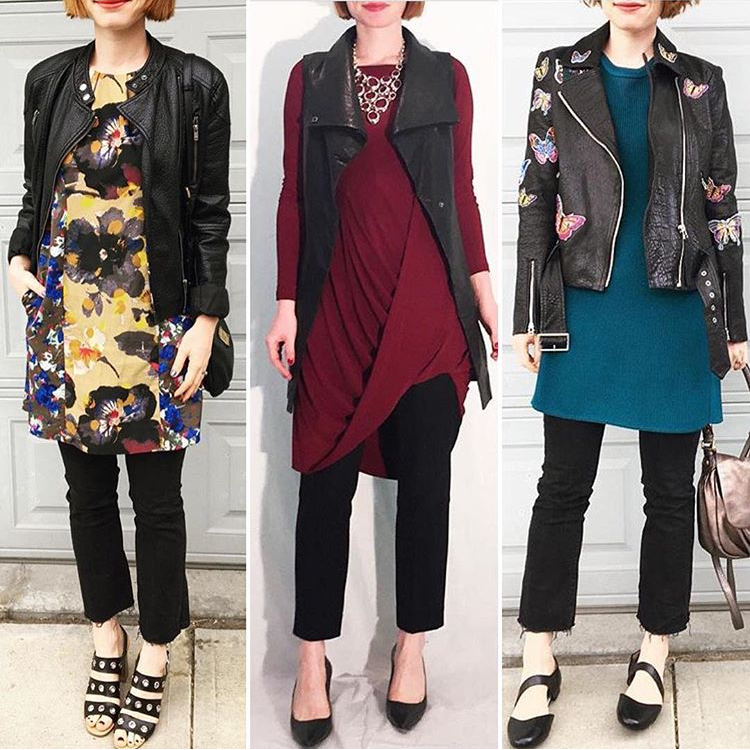Going through old outfit photos is a fun and occasionally instructive exercise. Sometimes it helps me “re-discover” an older piece and see its possibilities anew; sometimes it inspires me to revisit and reinterpret an old outfit formula. I want to talk about the latter today.
Those of you who have been reading here for a while will know that my style has changed a lot over the years, especially since 2015 or so. At the end of the day, though, like most people with a “regular” job/ life, there is only so much sartorial exploration I can do. Most of my outfits are variations of the same half dozen or so basic/common “themes”. What changes over time are the component elements. I thought it would be a fun exercise to do some side-by-side comparisons to illustrate this point.
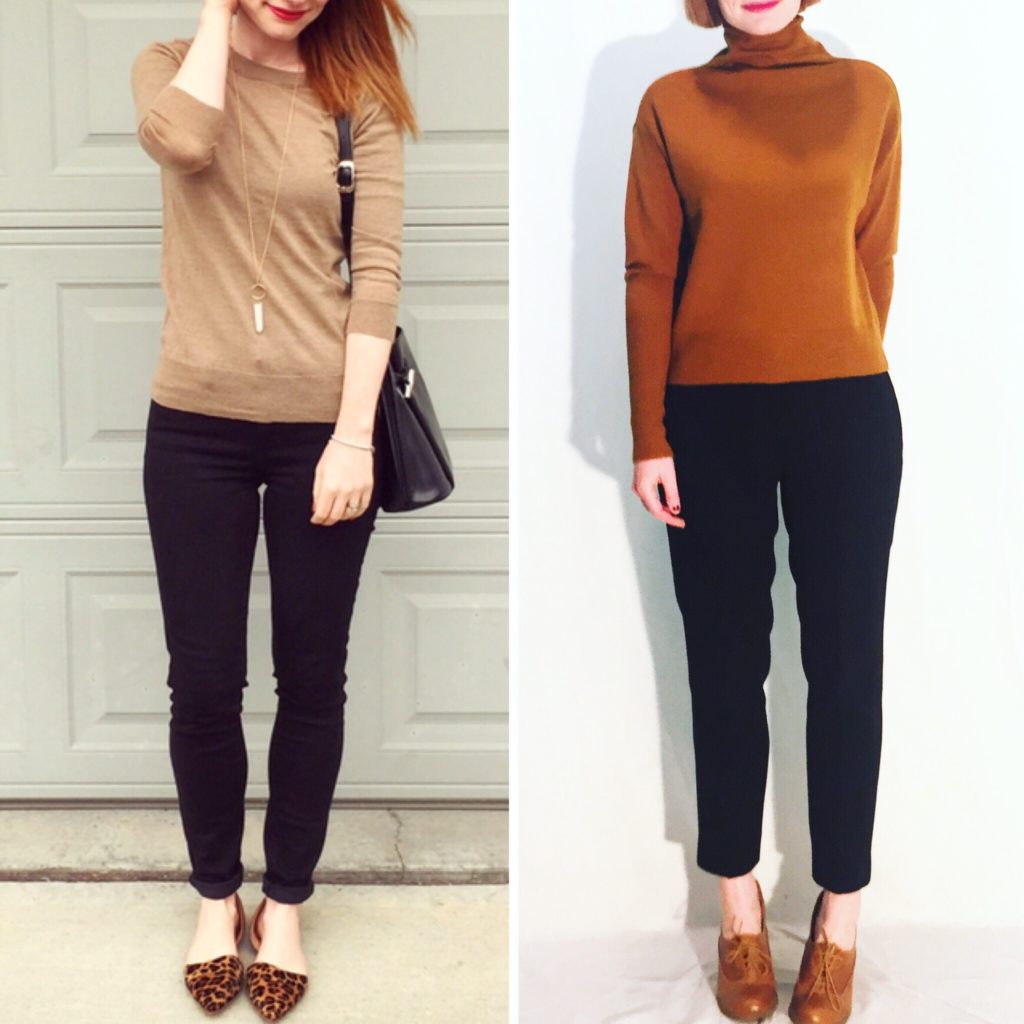
[Photo on the left is 2015; right is late 2018]
Now, in this case, the 2015 photo is a bit a-typical of my style at the time, which leaned more to the maximalist side. I remember this outfit being a conscious effort on my part to go for a more minimalist look. Even so, there are details that are very “2015 Adina”. The pants are skinny jegging type. Compare to 2018; black pants are still my go-to, but the cut is slightly different – still slim, but not skinny, and with a bit of drape to it.
The sweater is similar – still a slim fit, but with more volume to it, and most importantly, a mock turtleneck. I love me a good turtleneck.
And the shoes! 2015 Adina loved a statement shoe. If the shoes were not a bright colour, they were leopard print. I rarely wore black shoes, and on those rare occasions only with an especially brightly coloured/patterned outfit. My current choice is much more likely to be black or some similar neutral (or a subtle metallic). I have sworn off leopard print (anything with calf hair actually, the shedding drives me nuts). And I love oxford-style shoes — not a thing that was on my radar back in 2015.
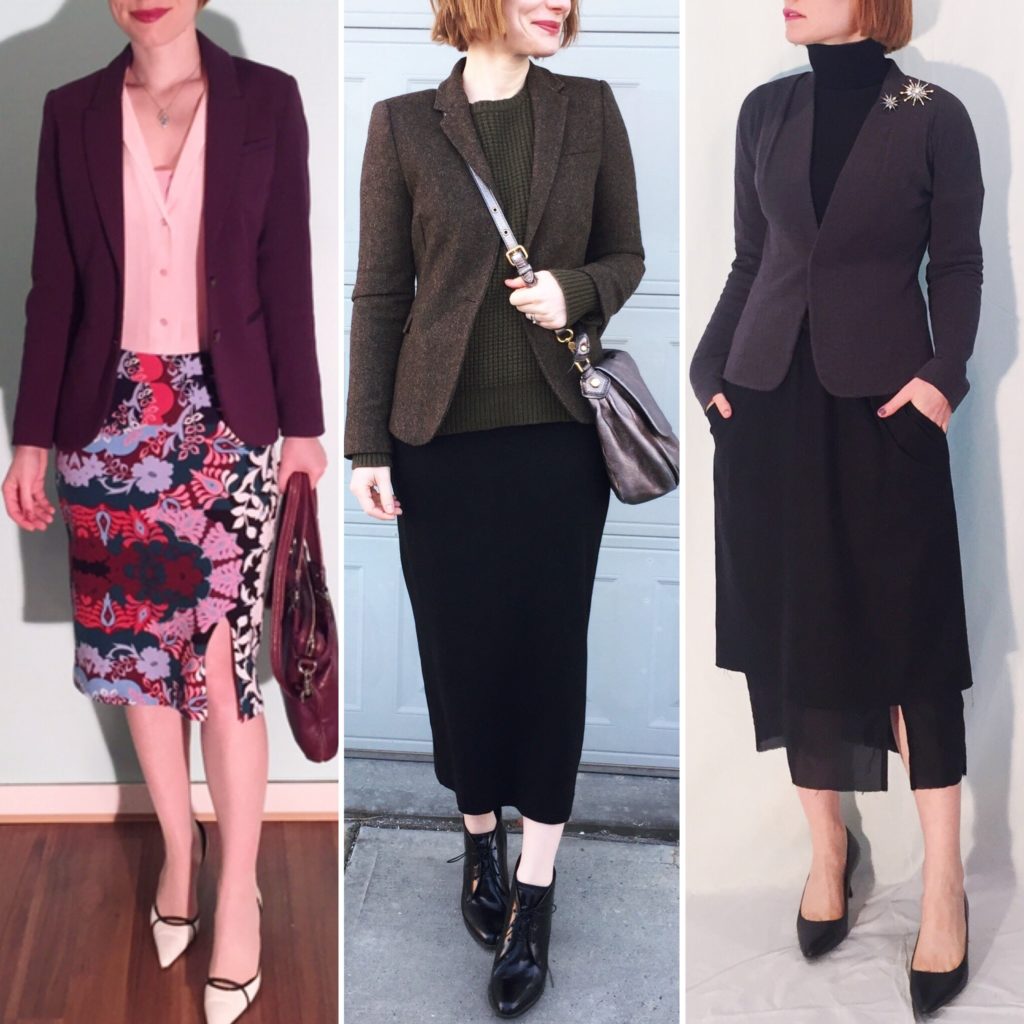
[Pic on the left is 2016; middle and right are 2018]
The 2016 photo here is very representative of my previous style, mixing non-neutral colours and prints, and pairing a pencil skirt and blazer. Man, I used to love my pencil skirts! Nothing wrong with them, of course, but I now prefer the midi/maxi skirt instead. The two current photos are good representations of my current style influences. The middle one has a menswear-inspired vibe (the Adventurer type), which I love to incorporate into my current outfits – a contrast to the definitely more “femme” vibe of the 2016 outfit. The photo on the right fits more with my Prince/Artist personas – the clothes have interesting lines, with a minimalist aesthetic. Above all, a darker, more neutral-heavy palette.
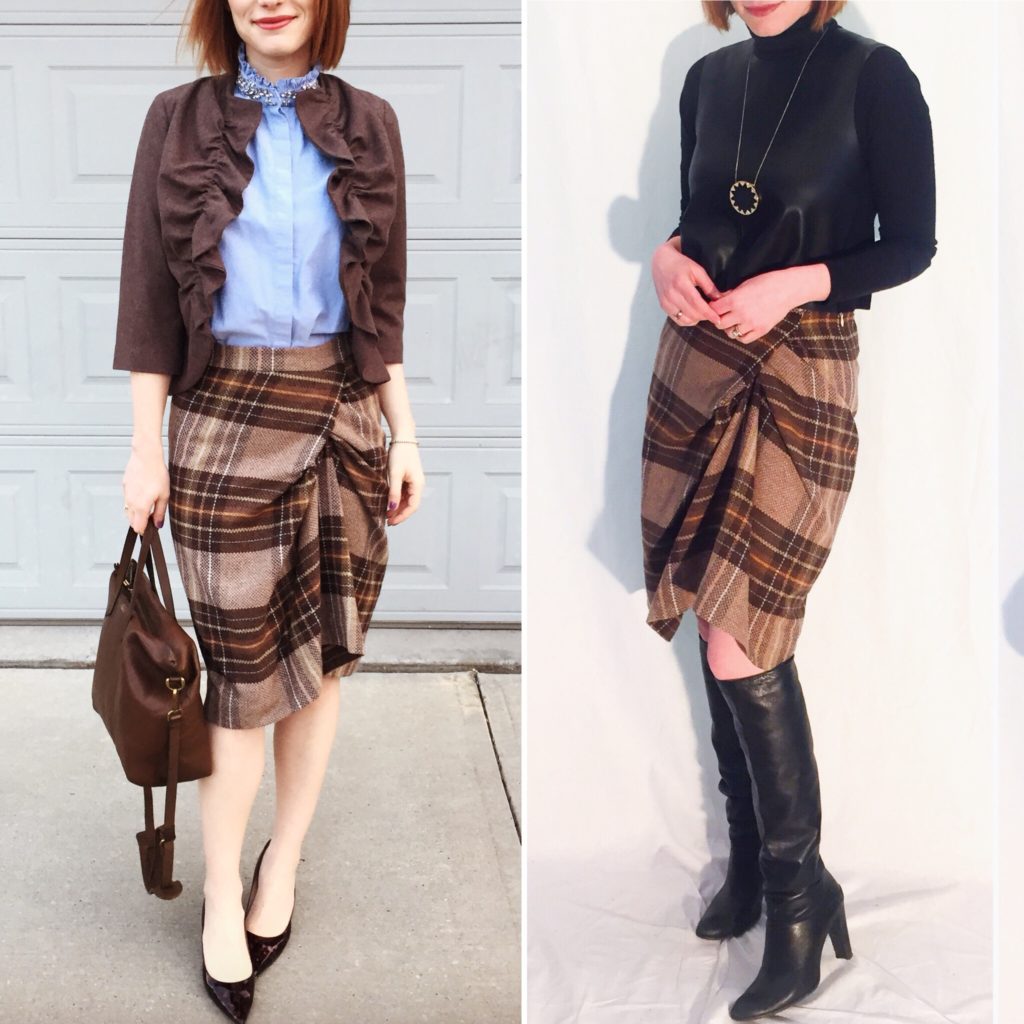
Here are two outfits featuring the same skirt, one from 2017 and one from late 2018. Again, this illustrates my move away from the more “femme” side of the spectrum, to something which, while still more feminine than androgynous, is a lot less “cute” and more goth-inspired.
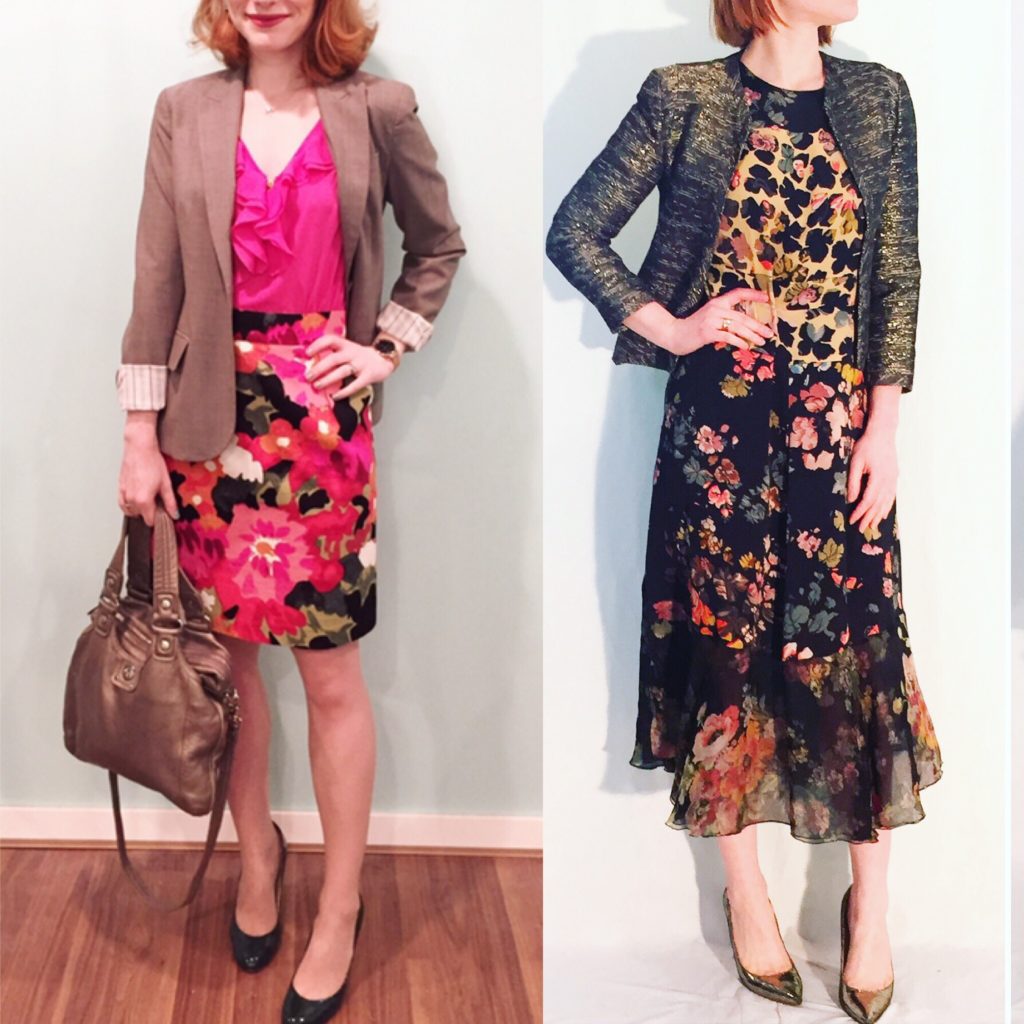
Let’s talk about florals: 2015 versus 2019 edition. Is “sophisticated florals” a thing? Because I feel like that’s one way to describe my current focus. I still appreciate the pattern on the left (the dress was sold a while ago), but it’s not something I feel drawn to actually wear. My challenge these days is to make the right call when it comes to florals; I love them all, but some I prefer to simply look at, rather than wear.
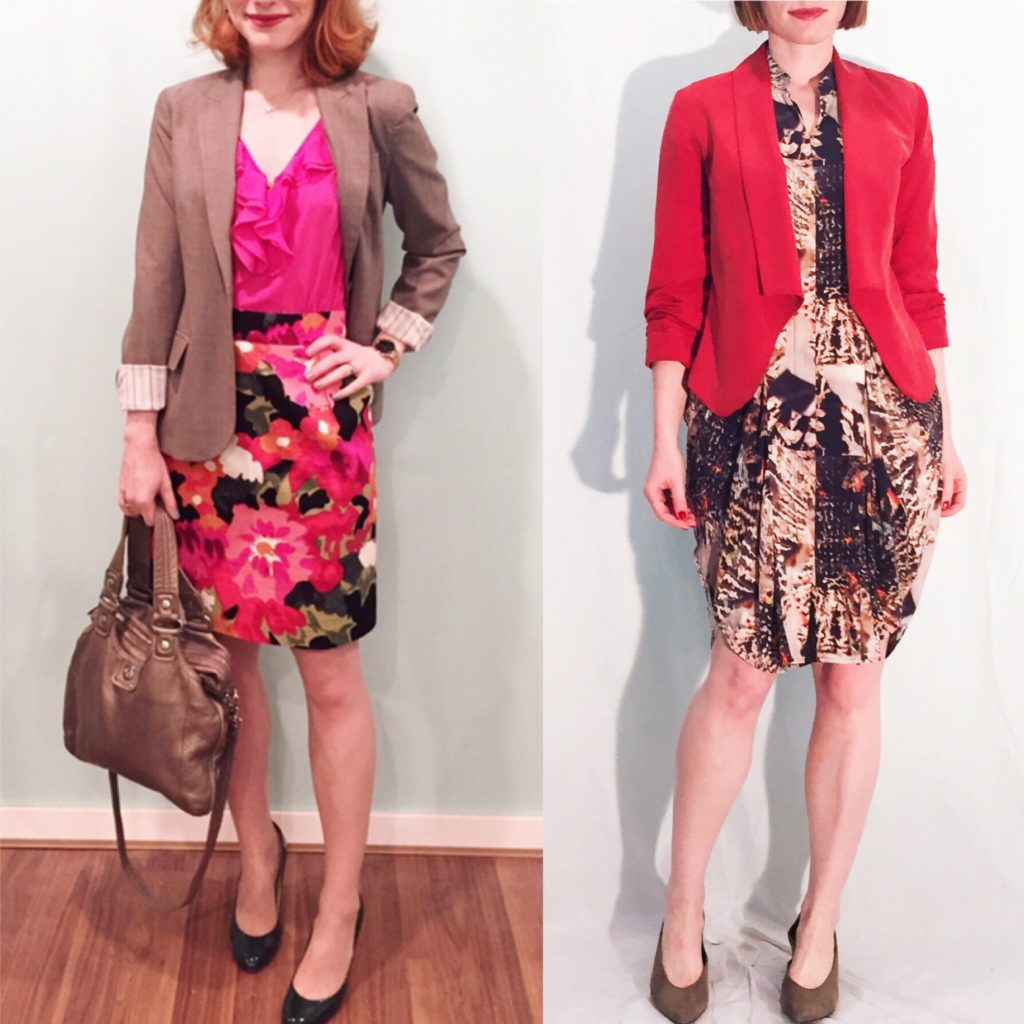
I’m using the same 2015 outfit as above as an example of another common combination: dress + blazer. I used to wear it all the time, and still do – but, again, the pieces are different. I am more likely to choose a less traditional style of blazer, for one thing. I like blazers with interesting details (like contrast linings, embellishments or interesting textures) precisely because my wardrobe is much more neutral-heavy than before. Often, now, my blazers are the statement item, whereas before they were more likely to be supporting players.
Secondly, look at the silhouette of the 2 dresses. One is a sheath-style dress, which was very much my go-to style for years (along with pencil skirts). The Maria Cornejo dress on the right has a much more unusual shape to it, with a cool draping effect along the sides/hips, and an interesting abstract pattern. It totally speaks to my Artist persona.
Lastly, it’s hard to tell, but the shoes on the left are a hunter green; contrast that with the shoes on the right, a neutral taupe.
That’s it for this session of “then this, now that”. Let me know if you would be interested in seeing more!

